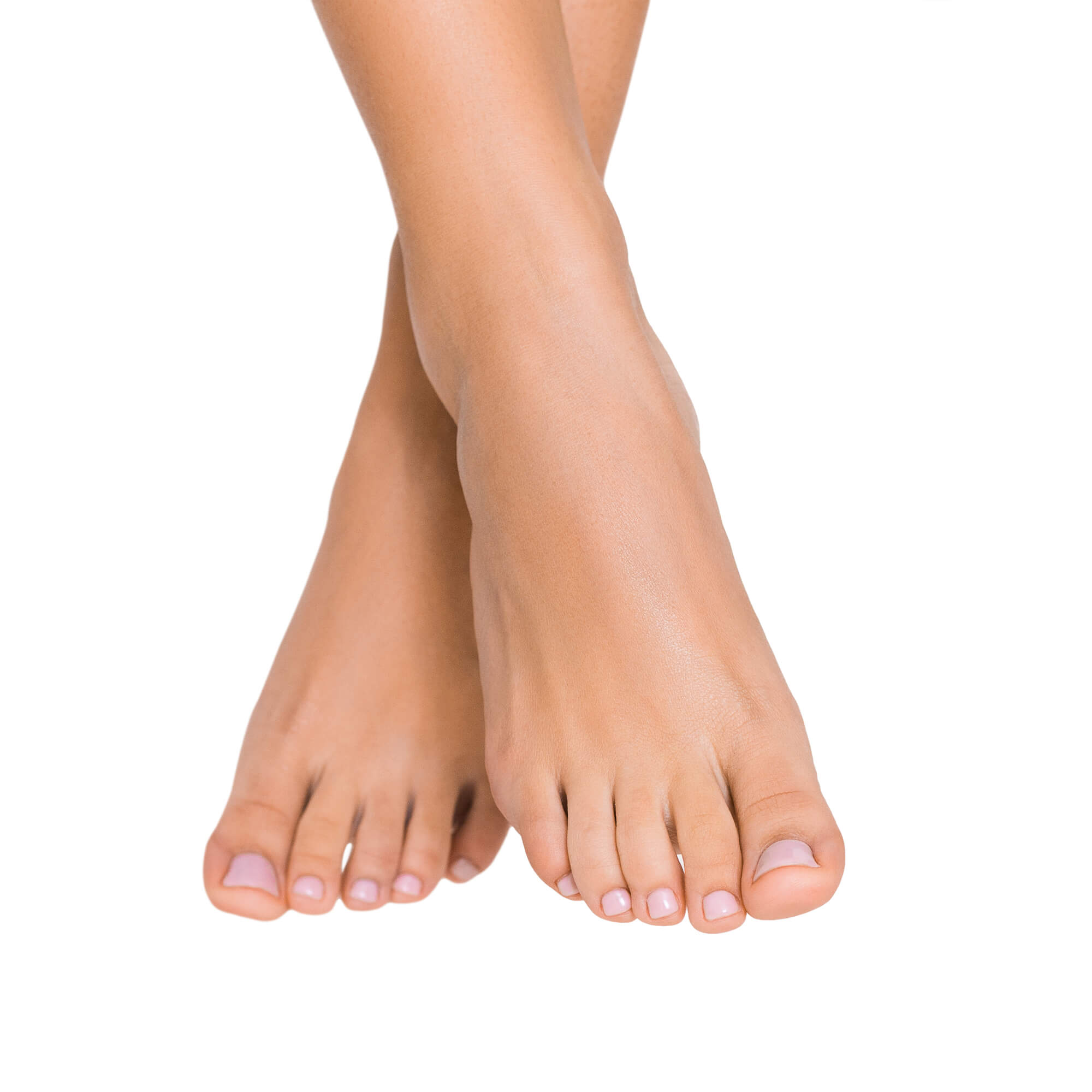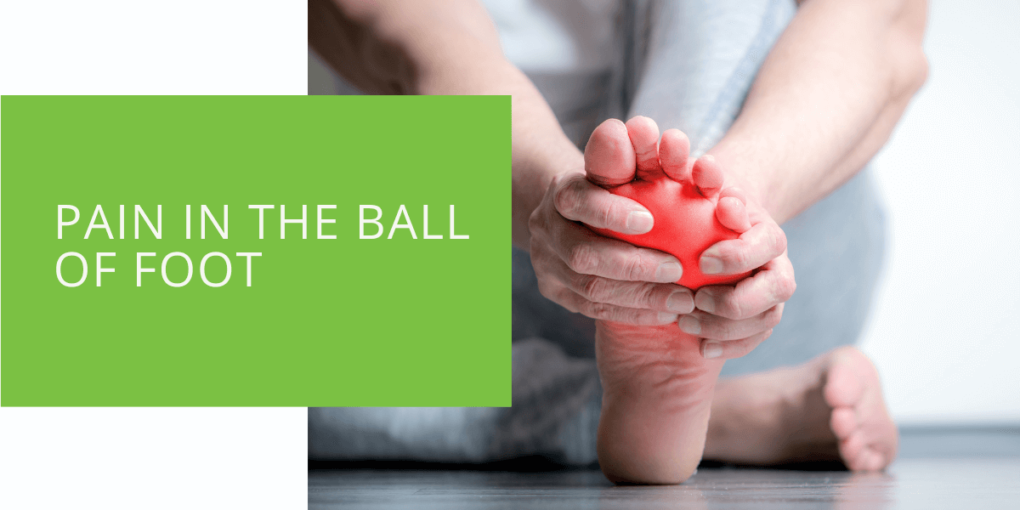Understanding and Managing Pain in the Ball of Foot
Pain in the ball of the foot is a common condition that affects the bones and joints at the base of the toes. It can cause a range of symptoms, including aching, burning, sharp pain, swelling, and redness. If you're experiencing pain in the ball of your foot, it's important to understand the causes and symptoms and the treatment options available to you.
Causes of Pain in the Ball of Foot
There are several common causes of pain in the ball of the foot, including:
- Metatarsalgia: Metatarsalgia is the most common cause of pain in the ball of the foot. It occurs when the bones and joints in the metatarsal region of the foot become damaged or irritated, leading to pain and inflammation. This can be caused by several factors, including overuse, injury, and the natural aging process.
- Morton's neuroma: This condition affects the nerves in the foot, specifically between the third and fourth toes. It occurs when the nerve becomes compressed or pinched, leading to pain and numbness in the ball of the foot.
- Stress fractures: Stress fractures are small cracks in the bones of the foot, often caused by overuse or high-impact activities. Stress fractures can occur in any of the bones in the foot, including the metatarsals, and can cause pain in the ball of the foot.
- Arthritis: Arthritis is a condition that causes inflammation in the joints and can affect the joints in the foot as well. It can lead to pain and stiffness in the ball of the foot.
- Sesamoiditis: Sesamoiditis is inflammation of the sesamoid bones, small bones located in the ball of the foot. It is commonly caused by overuse and excessive pressure on the sesamoid bones, such as running or jumping.
- Capsulitis: Capsulitis is a condition that affects the ligaments and tendons in the ball of the foot. It can cause pain and stiffness in the area and may be accompanied by swelling and redness.
- Bunions: Bunions are bony protuberances that develop at the base of the big toe. They can cause pain and discomfort in the ball of the foot and make it difficult to wear certain types of footwear.
- Overpronation: Overpronation is when the foot rolls too far inward when walking or running. This can place extra pressure on the ball of the foot, leading to pain and discomfort.
- Ill-fitting shoes: Wearing shoes that don't fit properly can place extra pressure on the ball of the foot, leading to pain and discomfort. High heels, for example, can place extra pressure on the metatarsal bones, leading to Metatarsalgia.

Symptoms of Pain in the Ball of Foot
Some of the common symptoms of pain in the ball of foot include:
- Aching or burning sensation in the ball of foot
- Tingling or numbness
- Sharp or shooting pain
- Swelling or redness
- Difficulty walking or standing for long periods
- Calluses or thickening of the skin in the ball of the foot
- Pain may be more intense when walking, running or engaging in high-impact activities
- Pain may be exacerbated by prolonged standing or walking in certain types of footwear

Diagnosis and Treatment
If you're experiencing pain in the ball of the foot, it's important to see a podiatrist or foot and ankle doctor for an evaluation. Your doctor may ask you questions about your symptoms and conduct a physical examination of your foot. They may also take x-rays or MRIs to help determine the cause of your pain.
The treatment options available to you will depend on the underlying cause of your pain. However, some common treatments include:
- Rest, Ice, and elevation: A common initial treatment for pain in the ball of the foot is rest, ice, and elevation. Applying an ice pack to the affected area for 15-20 minutes at a time, several times a day can help reduce pain and inflammation.
- Over-the-counter pain relievers: Over-the-counter pain relievers such as ibuprofen or naproxen can help to reduce pain and inflammation.
- Physical therapy and exercises: Physical therapy and specific exercises can help to strengthen the muscles and tendons in the foot and ankle, which can help reduce the pressure on the ball of the foot.
- Orthotic inserts: Orthotic inserts, such as custom-made shoe inserts, can help to redistribute pressure on the ball of the foot and provide support.
- Cortisone injections: In certain cases, cortisone injections may help reduce pain and inflammation in the ball of the foot.
- Surgery (in severe cases): Surgery may be required to correct underlying conditions, such as a bunion or stress fracture.

Prevention and Self-Care
It is important to take preventative measures to prevent pain in the ball of the foot from recurring. Some tips include:
- Wearing shoes that fit well and provide adequate arch support: Wearing shoes that fit well and provide proper support can help to reduce the pressure on the ball of the foot.
- Stretching and strengthening exercises for the feet and ankles: Stretching and strengthening exercises can help to keep the muscles and tendons in the feet and ankles strong and flexible, which can help to reduce the pressure on the ball of the foot.
- Losing weight if you are overweight: Carrying extra weight can place extra stress on the feet, leading to pain in the ball of the foot.
- Avoiding high heels or ill-fitting shoes: High heels can place extra pressure on the metatarsal bones, leading to Metatarsalgia.
- Resting and icing the foot as soon as symptoms appear: If you notice symptoms of pain in the ball of the foot, it's important to rest the foot and apply an ice pack to the affected area to help reduce pain and inflammation.
Conclusion
Pain in the ball of the foot is a common condition that can cause various symptoms. Various factors, including overuse, injury, and natural aging, cause it. It's important to understand the causes and symptoms and the treatment options available. With the help of a podiatrist or foot and ankle doctor, a treatment plan can be tailored to the individual case. Some common treatments include rest, ice, orthotic inserts, physical therapy, cortisone injections, and surgery in some severe cases.
Along with the treatments, it is important to implement preventative measures such as wearing appropriate footwear, stretching and strengthening exercises, maintaining a healthy weight and rest, and icing the affected area as soon as symptoms appear. It's also important to note that if the pain in the ball of the foot persists or worsens, it is crucial to seek medical attention.

